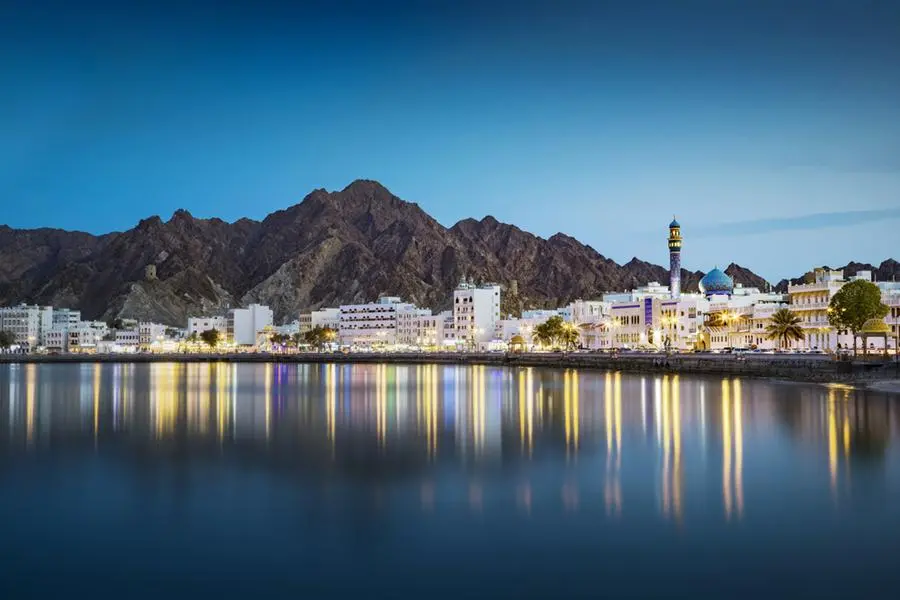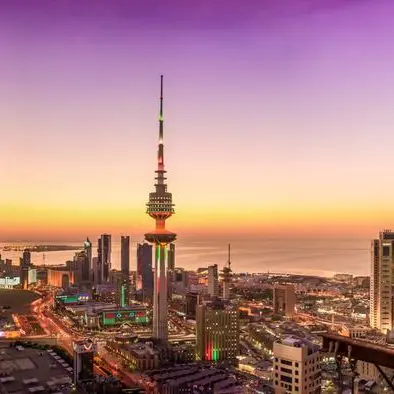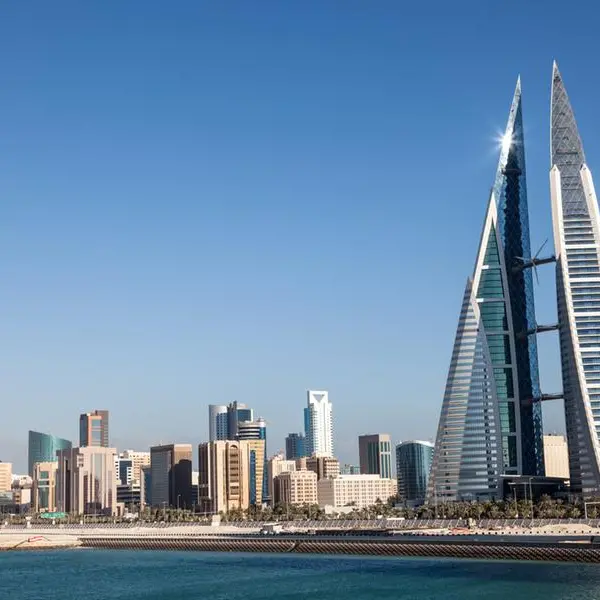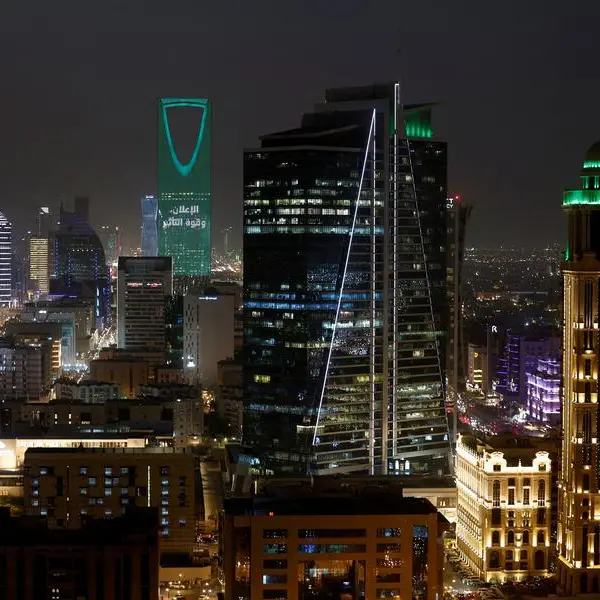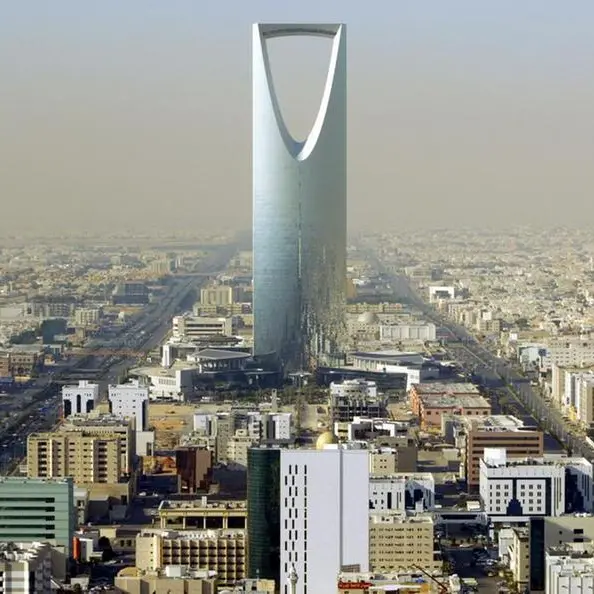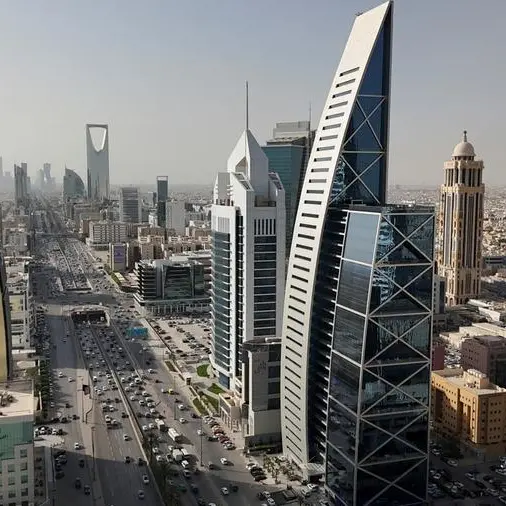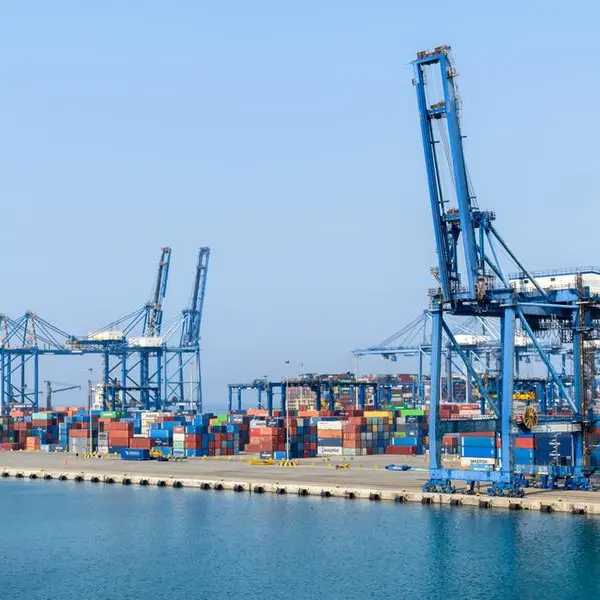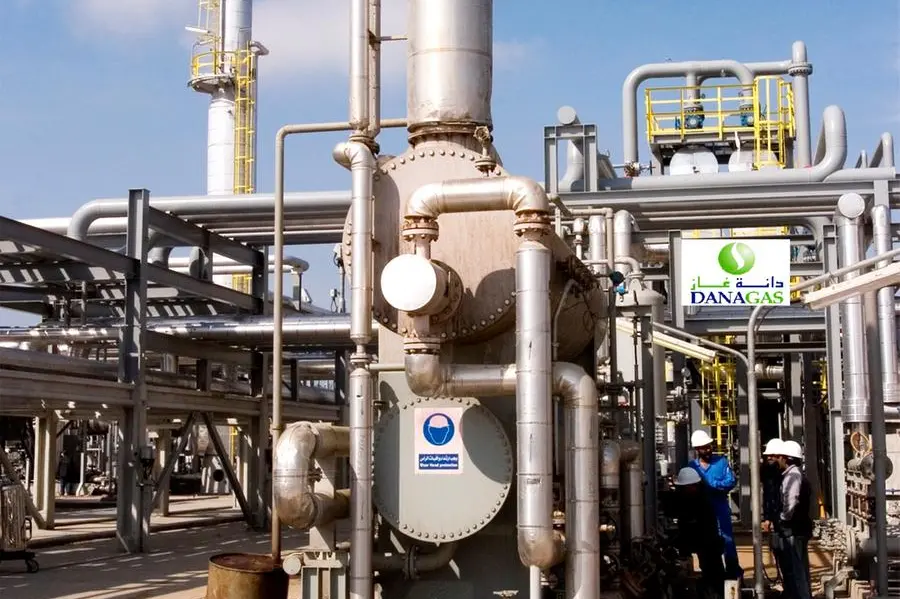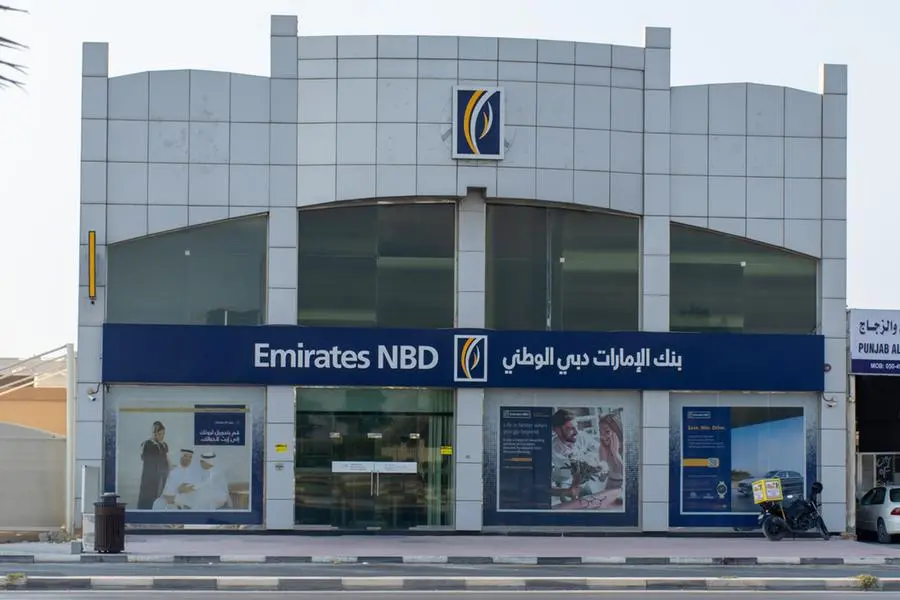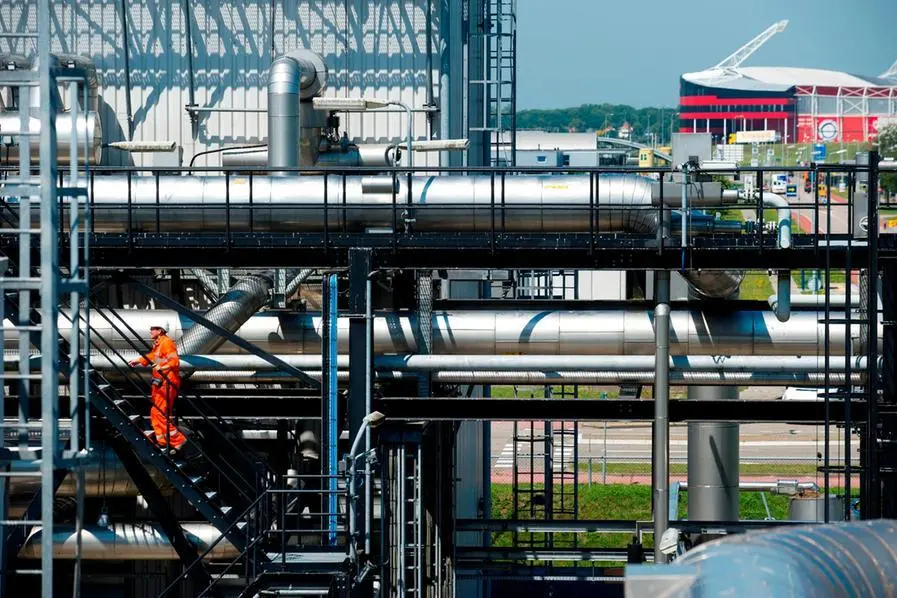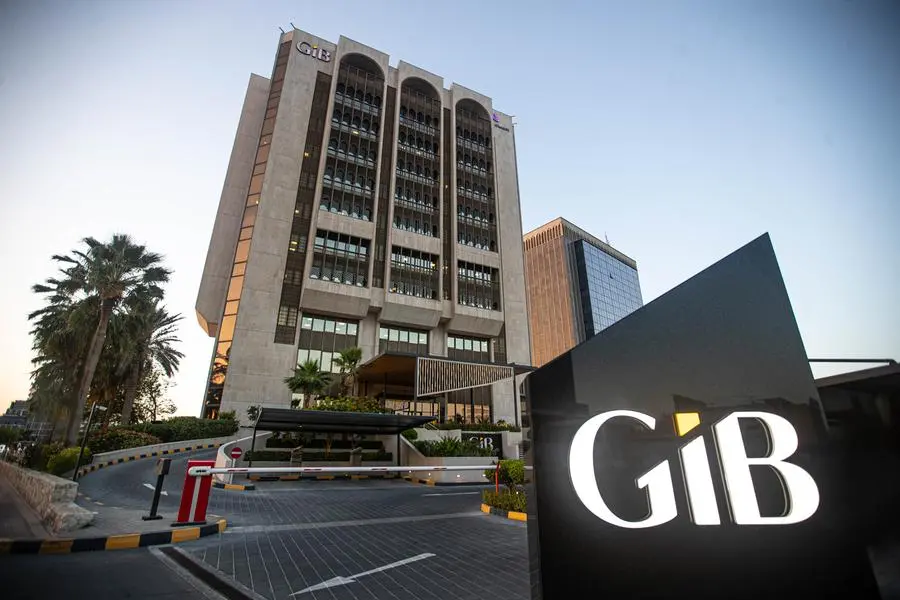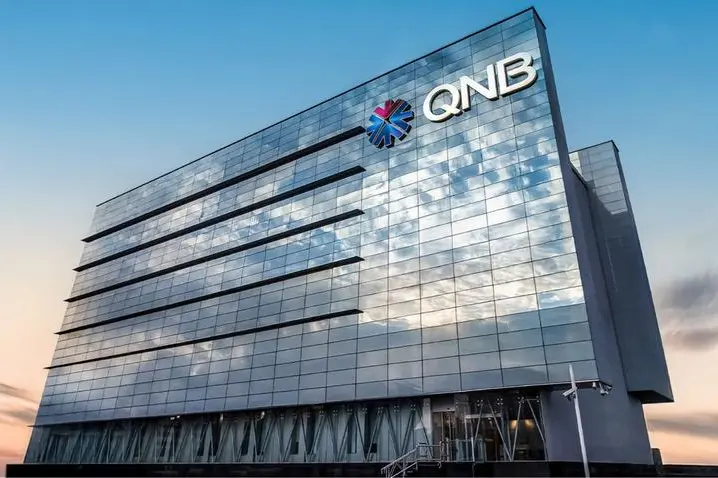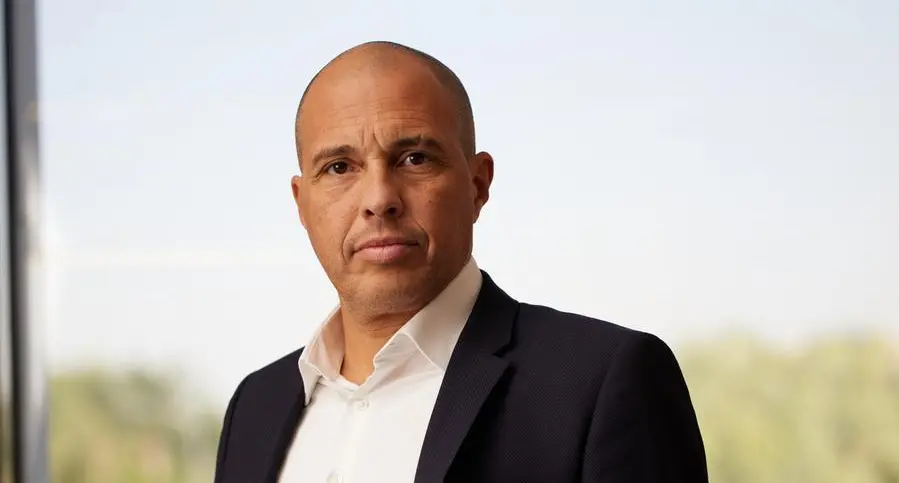PHOTO
The pharmaceutical sector in Oman is fast becoming a critical component of national development—intersecting the goals of public health security, economic diversification, and industrial resilience. For decades, the country has relied heavily on pharmaceutical imports, with domestic production contributing only a small fraction of the total supply. However, in line with Vision 2040, the Sultanate of Oman is charting a new path—one focused on expanding local manufacturing, fostering investment, and integrating into global supply chains.
Historically, the pharmaceutical industry in Oman has been modest in scale. As recently as 2020, only five domestic manufacturers operated in the country, meeting just 8 per cent of the market demand. The remainder—largely generic medicines, medical devices, and injectables—was sourced from abroad, costing the country over $500 million annually. But the situation is gradually shifting. Companies such as National Pharmaceutical Industries (NPI), established in 2001, have expanded their reach to over 50 countries and registered more than 600 products, setting a precedent for others to follow.
The Omani government, recognising the strategic significance of the sector, has introduced a robust framework of incentives to support pharmaceutical manufacturing. This includes five-year tax exemptions, customs waivers on raw materials and machinery, and a 10 per cent price preference for local products in public tenders. These measures are designed not only to encourage investment but also to ensure a minimum level of domestic demand for locally produced medicines.
Significantly, free zones such as Salalah and Suhar have become attractive sites for pharmaceutical development, offering modern infrastructure, proximity to petrochemical feedstock, and direct access to seaports. In Salalah, Philex Pharmaceuticals launched a major facility in 2023 with a projected investment of $150 million. The plant, spanning over 100,000 square metres, is capable of producing one billion capsules and tablets annually and marks Oman’s entry into high-volume pharmaceutical manufacturing.
Meanwhile, in Raysut, Dhofar Pharma began operations in late 2024, becoming the country’s first facility to locally produce intravenous solutions and dialysis fluids. Built to international standards, the factory is designed to meet local demand and eventually export to regional markets such as the GCC and North Africa. Its capacity—15 million IV bags and over 2 million dialysis units per year—reflects both the scale of ambition and the urgent need for import substitution.
Elsewhere, in Suhar Free Zone, Penicillin General Integrated is developing a factory to produce antibiotic raw materials like Penicillin-G and 6-APA. If successful, the plant could meet up to 10 per cent of global demand for these substances, positioning Oman as a strategic player in the global antimicrobial supply chain.
In early 2025, the Ministry of Health also signed advance purchase agreements with six emerging Omani pharmaceutical firms to supply a range of products, including gene therapies, biologics, and surgical consumables. This move provides financial security for the manufacturers while aligning with national objectives for medicine self-sufficiency.
Despite these advancements, significant challenges remain. First is the continued dependence on imported raw materials and finished drugs, particularly from India, China, and Europe. This reliance makes Oman vulnerable to global supply chain disruptions—a lesson underscored by the COVID-19 pandemic. Moreover, the country’s R&D ecosystem is still in its infancy, limiting its ability to innovate or develop proprietary medicines.
Human capital is another pressing issue. The pharmaceutical industry requires highly specialised professionals—pharmacists, chemists, and engineers. While Omanisation is a long-term goal, many positions are currently held by expatriates. Companies like Dhofar Pharma aim to achieve 80 per cent local employment within five years, but doing so will require deeper collaboration between academia and industry.
Additionally, the high cost of local manufacturing presents a barrier to competitiveness. International firms benefit from economies of scale that drive down unit costs—something Oman is still working towards. Without ongoing government support and incentives, local manufacturers may struggle to compete on price in both domestic and export markets.
Nonetheless, the opportunities are considerable. The GCC region spends billions on pharmaceutical imports each year, and Oman’s geographic location, coupled with free trade agreements and world-class ports, gives it a logistical edge. If supply chains can be made more integrated and efficient, Oman could serve as a manufacturing and re-export hub for the wider region.
International partnerships will be key to accelerating progress. A recent example is the strengthening of ties with Algeria, which has achieved 75 per cent pharmaceutical self-sufficiency. During a high-level visit in early 2025, Omani and Algerian officials explored opportunities for joint ventures, technology transfer, and mutual market access. Such collaborations offer a strategic shortcut to building local capacity while enhancing product credibility.
Oman’s pharmaceutical ambitions are not without hurdles, but the foundation is solid.
With a supportive policy environment, growing industrial investment, and clear political will, the country is well-positioned to make the sector a cornerstone of its future economy. What is needed now is persistence—investment in people, in research, and in international collaboration.
If these elements continue to align, Oman could, within a decade, become a regional leader in pharmaceutical production, contributing not only to economic growth but also to national resilience in the face of global uncertainty.
2022 © All right reserved for Oman Establishment for Press, Publication and Advertising (OEPPA) Provided by SyndiGate Media Inc. (Syndigate.info).
